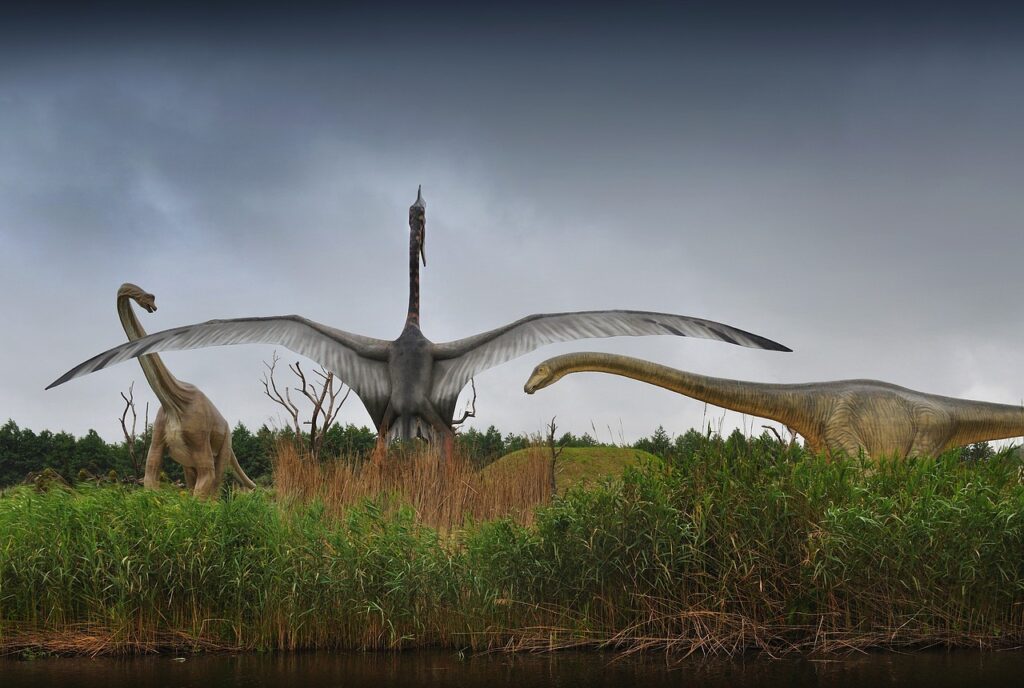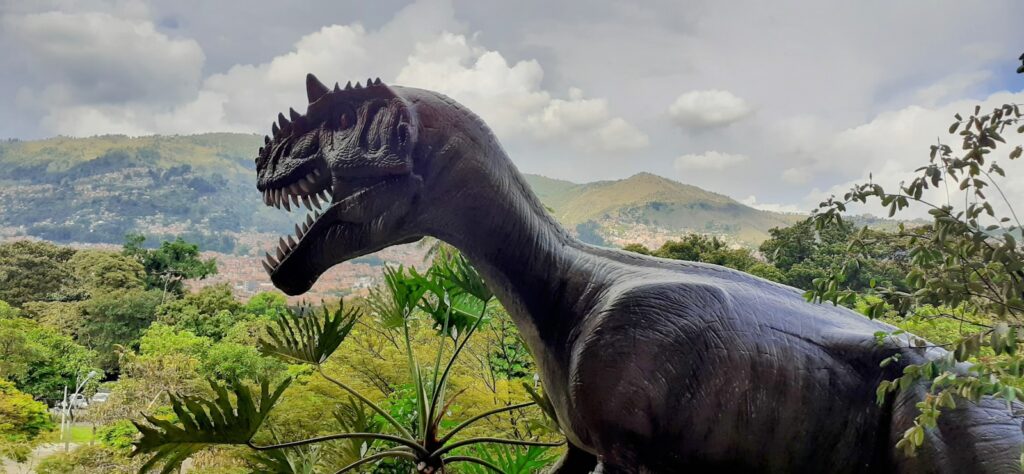Picture this: massive creatures roaming through steaming jungles, their thunderous footsteps echoing across continents that look nothing like today’s world. For over 165 million years, dinosaurs ruled Earth, but their incredible journey wasn’t just about size and strength. It was about survival, adaptation, and dancing with the planet’s ever-changing climate rhythms. Every ice age, volcanic eruption, and shift in sea levels wrote a new chapter in their evolutionary story, creating winners and losers in nature’s ultimate game of survival.
The Triassic Foundation: When Earth Set the Stage
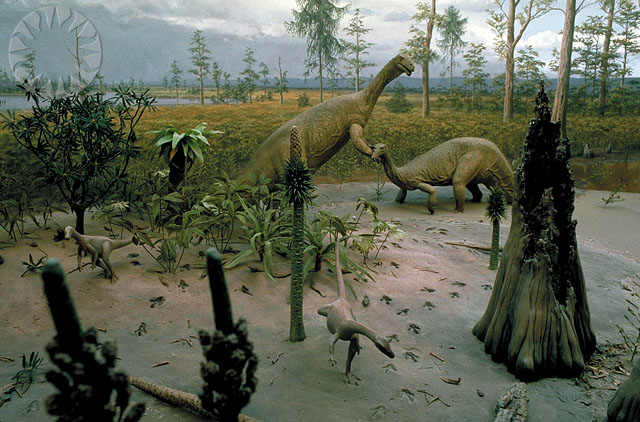
The late Triassic period, around 230 million years ago, witnessed Earth’s climate undergo dramatic transformations that would forever change life on our planet. Massive volcanic eruptions from the Central Atlantic Magmatic Province pumped enormous amounts of carbon dioxide into the atmosphere, creating a greenhouse effect that made the planet significantly warmer than today. This wasn’t just a gradual warming – it was a climate revolution that reshaped entire ecosystems.
These extreme conditions actually favored the early dinosaurs, giving them a competitive edge over other reptile groups. The hot, humid climate created lush vegetation and abundant food sources, while many of their competitors struggled to adapt to the rapidly changing environment. It’s like nature cleared the playing field, allowing dinosaurs to step into roles that would define them for millions of years to come.
The Great Dying’s Aftermath: Climate Recovery and Dinosaur Expansion
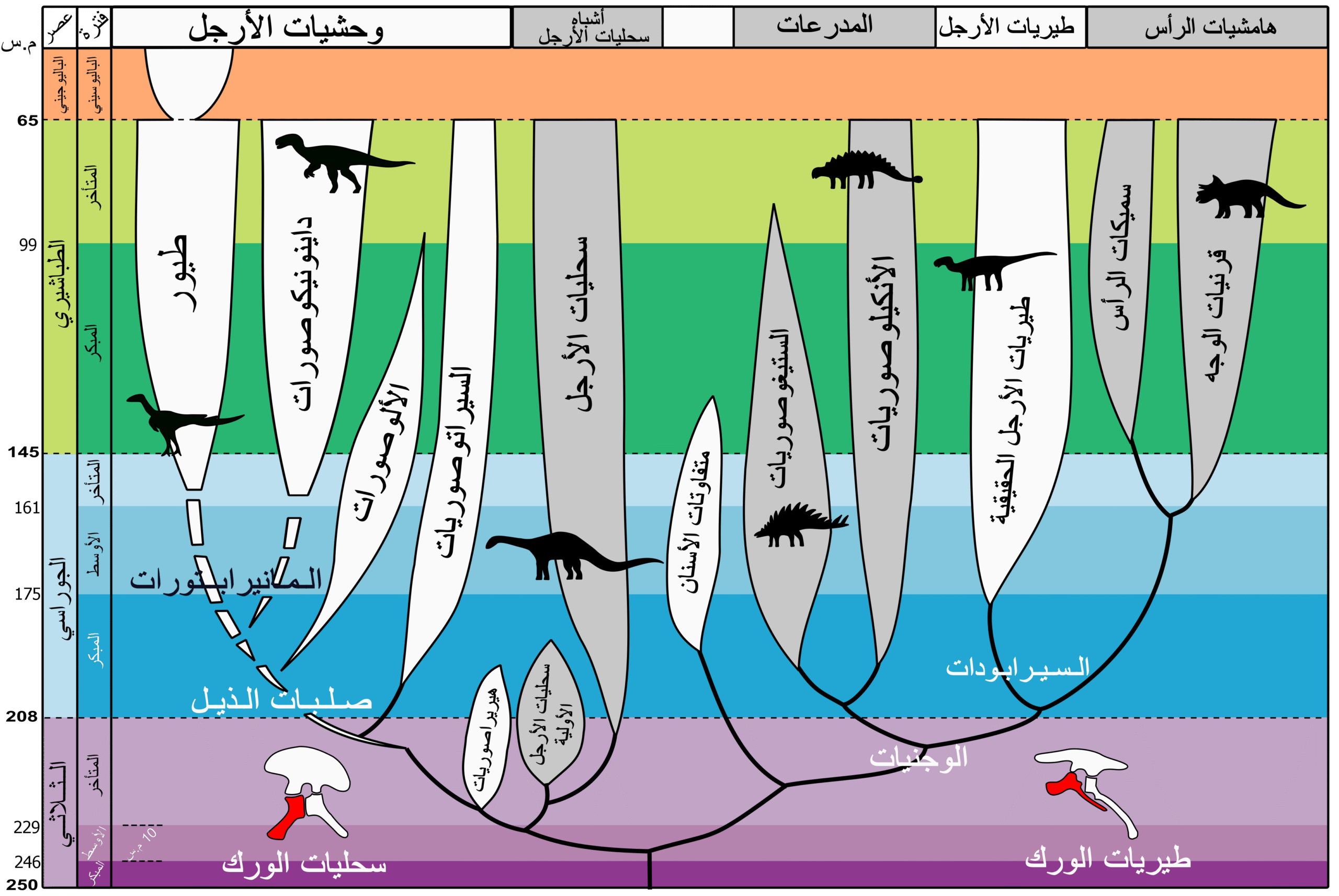
Following the Permian-Triassic extinction event, often called “The Great Dying,” Earth’s climate system was in complete chaos. The planet had lost nearly 96% of marine species and 70% of terrestrial vertebrates, leaving behind a world that needed to rebuild itself from scratch. The climate during this recovery period was characterized by extreme heat, acid rain, and unstable weather patterns that lasted for millions of years.
But here’s where dinosaurs proved their remarkable adaptability. While other surviving species struggled with the harsh conditions, early dinosaurs like Eoraptor and Herrerasaurus thrived in these challenging environments. Their efficient metabolism and diverse dietary adaptations allowed them to exploit ecological niches that other animals couldn’t handle. The climate chaos that destroyed so many species actually became the launching pad for dinosaur dominance.
Jurassic Greenhouse: The Golden Age of Giant Herbivores
The Jurassic period brought with it one of the most stable and favorable climates in Earth’s history. Global temperatures soared to levels that would make today’s climate change concerns seem modest, with polar regions experiencing temperatures similar to modern-day Mediterranean climates. There were no ice caps, and lush forests stretched from pole to pole, creating a verdant world that seemed designed for massive plant-eating dinosaurs.
This greenhouse paradise allowed herbivorous dinosaurs to reach unprecedented sizes. Sauropods like Brachiosaurus and Diplodocus evolved into living skyscrapers, their massive bodies perfectly adapted to harvest the abundant vegetation. The warm, humid climate supported dense forests of conifers, ferns, and cycads, providing an endless buffet for these gentle giants. It was during this period that dinosaurs truly earned their reputation as the rulers of the ancient world.
Ocean Level Fluctuations: Islands, Bridges, and Evolution
Throughout the Mesozoic era, rising and falling sea levels created a constantly shifting map of continents and islands. When global temperatures peaked, melting ice caused sea levels to rise dramatically, flooding vast areas of land and creating isolated island environments. These geographic changes had profound effects on dinosaur populations, forcing them to adapt to new environments or face extinction.
Island populations often evolved into unique species through a process called adaptive radiation. Smaller dinosaurs thrived on islands where resources were limited, while larger species often became extinct due to the lack of sufficient food sources. The famous dwarf dinosaurs found in places like Transylvania represent perfect examples of how climate-driven sea level changes directly influenced dinosaur evolution and diversity.
Volcanic Winters: When Fire and Ice Collided
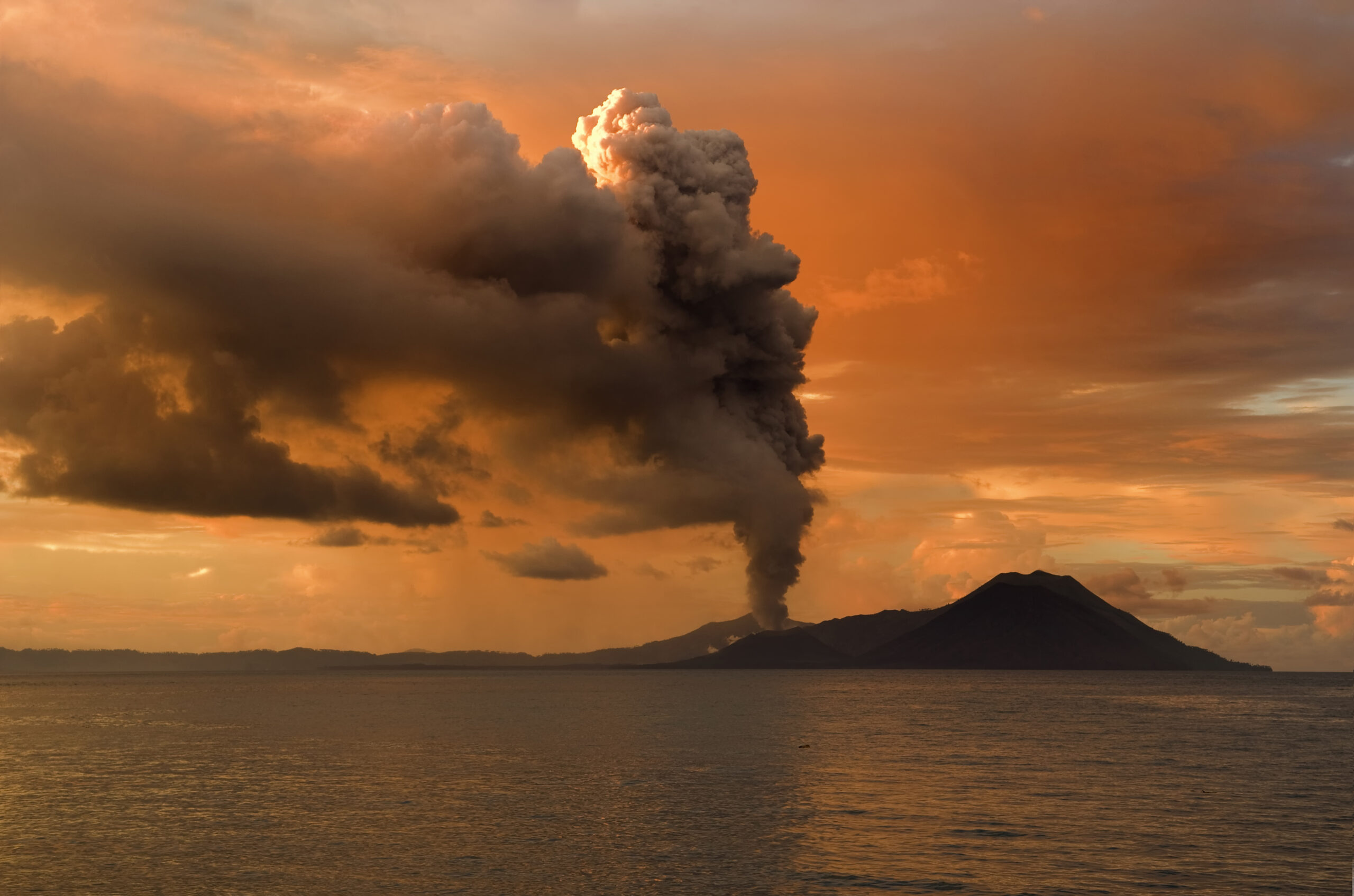
Some of the most dramatic climate shifts in dinosaur history came from massive volcanic eruptions that could plunge the planet into temporary ice ages. The eruption of the Siberian Traps and later volcanic events created what scientists call “volcanic winters” – periods when ash and sulfur compounds blocked sunlight and caused global temperatures to plummet rapidly. These events were like hitting the reset button on Earth’s climate system.
Dinosaurs that survived these volcanic winters had to be incredibly adaptable. Species that could regulate their body temperature, find shelter, and survive on limited food sources had significant advantages. Many large dinosaurs struggled during these periods, while smaller, more agile species often thrived. These climate disasters essentially acted as evolutionary filters, selecting for traits that would prove crucial for long-term survival.
The Cretaceous Thermal Maximum: Life in the Extreme Heat
Around 100 million years ago, Earth experienced one of its most extreme warming periods, known as the Cretaceous Thermal Maximum. Global temperatures soared to levels that were 10-15 degrees Celsius higher than today, creating a world where crocodiles lived near the poles and tropical conditions extended far into what we now consider temperate zones. This wasn’t just warm – it was a furnace planet.
Dinosaurs during this period had to develop sophisticated cooling mechanisms to survive. Many species evolved larger nasal passages for better heat exchange, while others developed elaborate crests and frills that may have functioned as cooling systems. The extreme heat also led to the evolution of new plant species, which in turn influenced the evolution of herbivorous dinosaurs. It was a period of rapid evolutionary innovation driven by climate extremes.
Ice Ages and Dinosaur Migrations: Following the Warmth
While the Mesozoic era was generally warm, it wasn’t without its cooler periods. Brief ice ages and cooling events forced dinosaur populations to migrate vast distances in search of suitable habitats. These migrations were epic journeys that could span entire continents, with herds of dinosaurs following predictable routes based on seasonal climate patterns.
Evidence of these migrations can be found in fossil trackways that show massive groups of dinosaurs moving together across ancient landscapes. The famous dinosaur highways discovered in places like Colorado and Utah reveal how climate-driven migrations shaped dinosaur behavior and social structures. These journeys weren’t just about survival – they were about adapting to a planet that was constantly changing its mind about what kind of climate it wanted to have.
Continental Drift: When Home Moved Beneath Their Feet
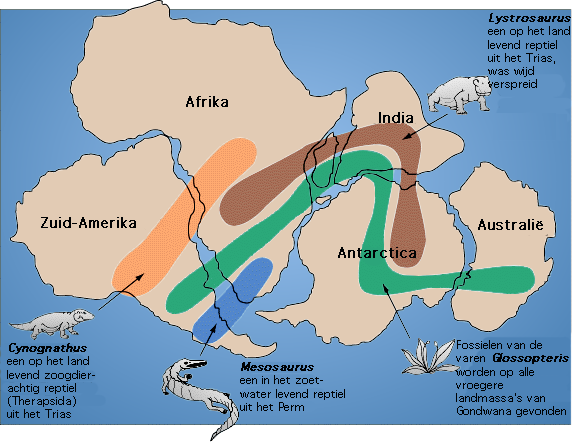
The movement of continents during the Mesozoic era created dramatic climate changes that dinosaurs had to navigate. As landmasses shifted positions, ocean currents changed, mountain ranges formed, and regional climates were completely transformed. What was once a tropical paradise could become a desert, while former deserts might transform into lush wetlands.
This continental shuffle had profound effects on dinosaur evolution and distribution. Species that were once connected across vast landmasses became isolated as continents drifted apart, leading to the evolution of distinct dinosaur lineages on different continents. The breakup of Pangaea essentially created separate evolutionary laboratories where dinosaurs adapted to increasingly diverse climate conditions.
Atmospheric Oxygen: The Breath of Ancient Giants
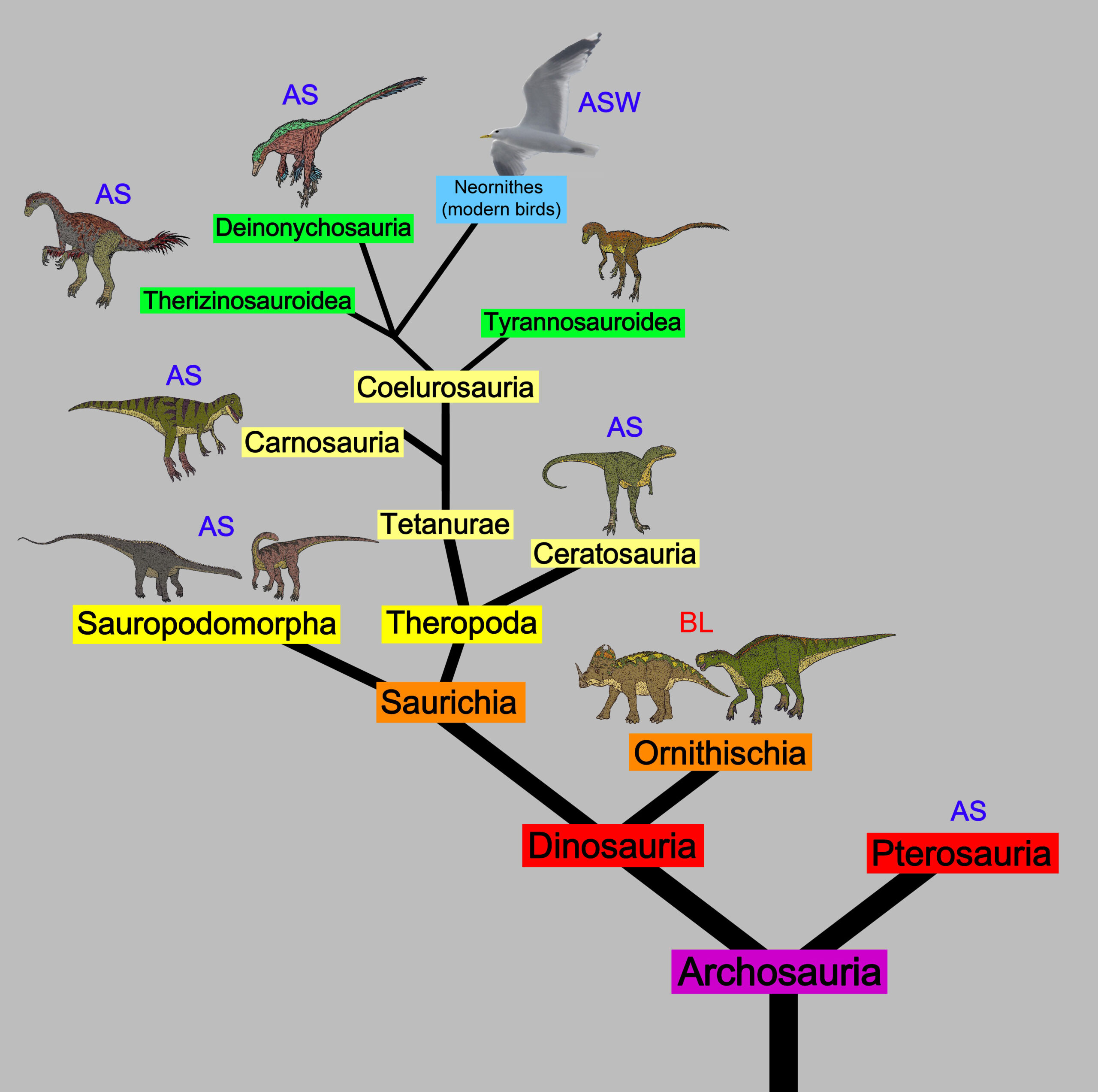
The composition of Earth’s atmosphere during the Mesozoic era was dramatically different from today, with oxygen levels fluctuating between 15% and 35% compared to today’s 21%. These changes in atmospheric composition had direct effects on dinosaur physiology and evolution. Higher oxygen levels could support larger body sizes and more active lifestyles, while lower levels favored smaller, more efficient body plans.
During periods of high atmospheric oxygen, dinosaurs could grow to enormous sizes without struggling to get enough oxygen to their tissues. This explains why some of the largest dinosaurs lived during times when oxygen levels were particularly high. Conversely, when oxygen levels dropped, dinosaurs had to evolve more efficient respiratory systems, leading to innovations like the air sac systems found in modern birds.
Seasonal Extremes: Learning to Live with Climate Variability

The Mesozoic climate wasn’t just about long-term trends – it was also characterized by extreme seasonal variations that modern Earth rarely experiences. Some regions experienced monsoon seasons that lasted for months, followed by extended dry periods that could stretch for years. These extreme seasonal patterns forced dinosaurs to develop remarkable behavioral and physiological adaptations.
Many dinosaurs evolved seasonal migration patterns, moving hundreds of miles to follow favorable weather conditions. Others developed the ability to enter states of dormancy during harsh seasons, similar to how modern animals hibernate. The famous bone beds found in places like Montana and Alberta often represent mass death events during particularly harsh seasonal transitions, showing how climate variability could be both a driving force for evolution and a source of catastrophic mortality.
Forest Fires and Ecosystem Renewal: Phoenix from the Ashes
The hot, dry climates of the Mesozoic era made wildfires a regular occurrence, creating a cycle of destruction and renewal that shaped dinosaur ecosystems. These fires weren’t just random disasters – they were fundamental forces that maintained ecosystem diversity and prevented any single species from dominating completely. The aftermath of major fires often created opportunities for new species to emerge and thrive.
Some dinosaurs actually benefited from these fire cycles, evolving behaviors that allowed them to exploit newly burned landscapes. Fire-adapted plants provided new food sources, while the open landscapes created by fires favored certain types of dinosaurs over others. It’s fascinating to think that the same climate conditions that created devastating fires also created the ecological opportunities that allowed dinosaurs to diversify and thrive.
The Deccan Traps: Volcanic Prelude to Extinction
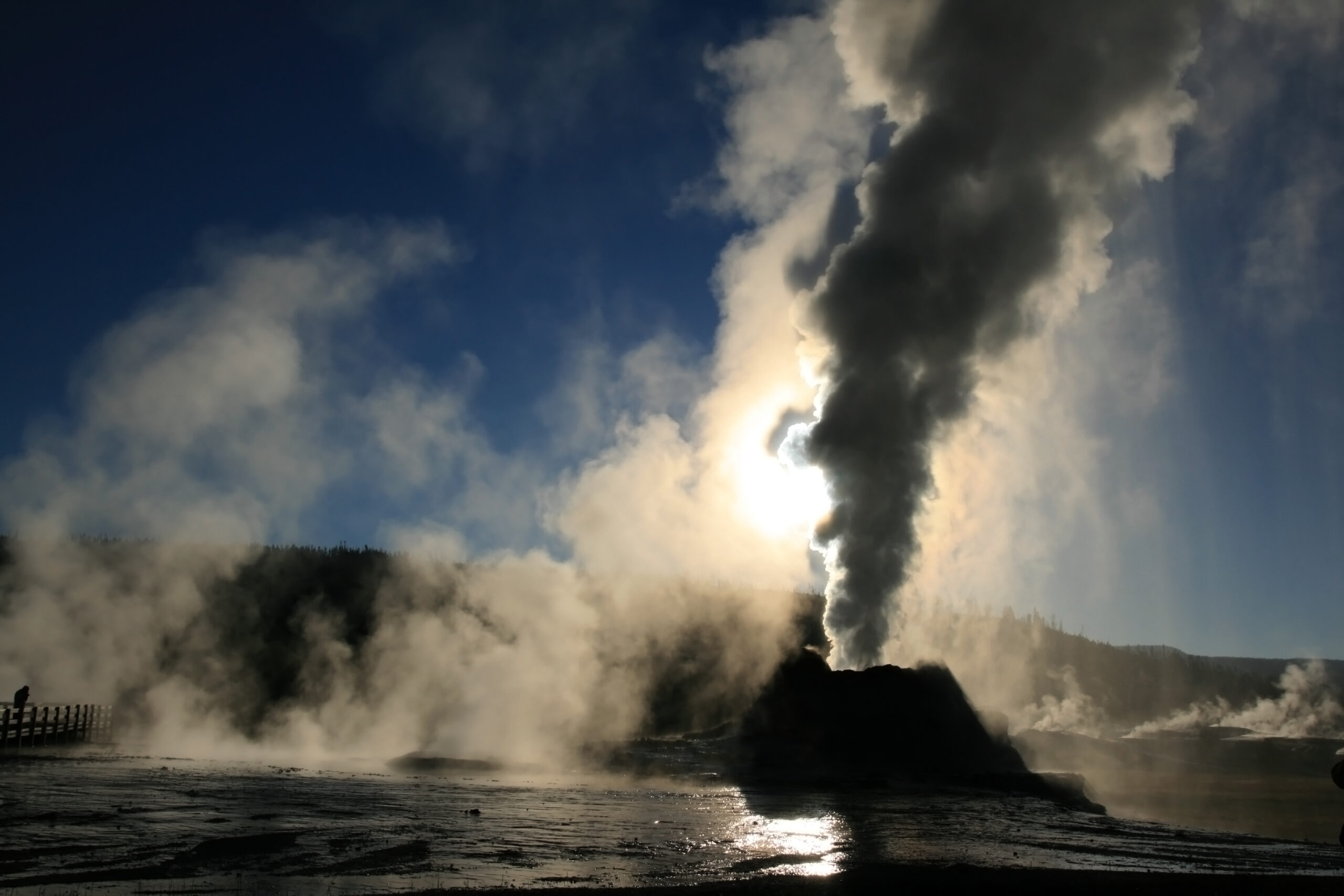
Long before the famous asteroid impact, massive volcanic eruptions in what is now India were already putting enormous stress on global climate systems. The Deccan Traps volcanism lasted for thousands of years, pumping enormous amounts of carbon dioxide, sulfur compounds, and ash into the atmosphere. This created a period of extreme climate instability that many dinosaur species struggled to survive.
The volcanic activity created a double-edged sword for dinosaurs. While some species adapted to the changing conditions, others were pushed to the brink of extinction even before the asteroid arrived. The climate chaos caused by the Deccan Traps volcanism essentially weakened dinosaur populations, making them more vulnerable to the final catastrophic event that would end their reign. It’s a reminder that extinction events are rarely caused by single factors – they’re usually the result of multiple stressors working together.
Regional Climate Variations: Dinosaur Diversity Across the Globe
Not all parts of the world experienced the same climate changes during the Mesozoic era. While some regions basked in tropical warmth, others experienced cooler, more variable conditions. These regional differences created distinct dinosaur communities adapted to specific climate conditions, leading to the incredible diversity we see in the fossil record.
The dinosaurs of Antarctica, for example, lived in conditions that were much cooler than their tropical relatives, developing thick feathers and possibly even primitive forms of hibernation. Meanwhile, dinosaurs in equatorial regions evolved sophisticated cooling mechanisms and heat-dispersal strategies. This regional climate diversity essentially created a global laboratory for dinosaur evolution, with each region producing its own unique solutions to environmental challenges.
The Final Climate Crisis: When Everything Changed Forever
The asteroid impact that ended the Cretaceous period created the most dramatic climate change event in Earth’s history. The impact threw billions of tons of debris into the atmosphere, blocking sunlight and causing global temperatures to plummet within weeks. This wasn’t just a bad winter – it was a complete shutdown of the climate system that had supported dinosaurs for over 160 million years.
The climate effects of the impact were catastrophic and long-lasting. After the initial “nuclear winter” effect, greenhouse gases released by the impact caused rapid warming that lasted for thousands of years. This climate whiplash proved too much for most dinosaur species, though some small, feathered dinosaurs survived and eventually evolved into modern birds. The final climate crisis of the Mesozoic era marked the end of one chapter in Earth’s history and the beginning of another.
Conclusion: The Eternal Dance of Life and Climate
The story of dinosaurs and climate change is ultimately a story about adaptation, resilience, and the incredible power of life to find ways to survive in a changing world. For over 165 million years, dinosaurs rode the waves of climate change, evolving new strategies and capabilities with each challenge Earth threw at them. Their success wasn’t just about being big and powerful – it was about being flexible, adaptable, and ready to change when the world around them changed.
Today, as we face our own climate challenges, the dinosaur story offers both inspiration and sobering lessons. It shows us that life can adapt to incredible changes, but it also reminds us that even the most successful species can be vulnerable to rapid environmental shifts. The dinosaurs mastered the art of living with climate change for longer than any other group of large animals in Earth’s history, but they also show us that no species, no matter how successful, is guaranteed to survive forever.
What fascinates me most about their story is how climate shaped not just their biology, but their behavior, their social structures, and their entire way of life. These ancient creatures weren’t just passive victims of environmental change – they were active participants in the dance between life and climate that has been going on for billions of years. What would you say we could learn from their incredible journey?

